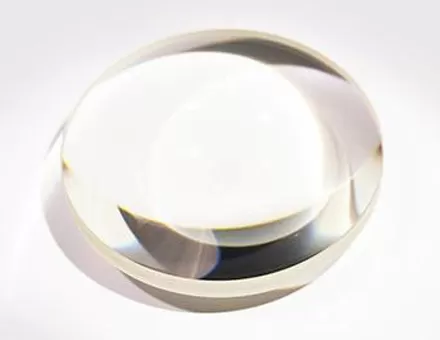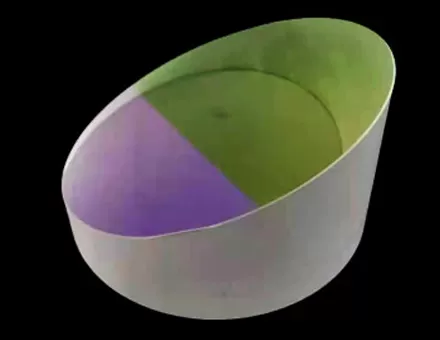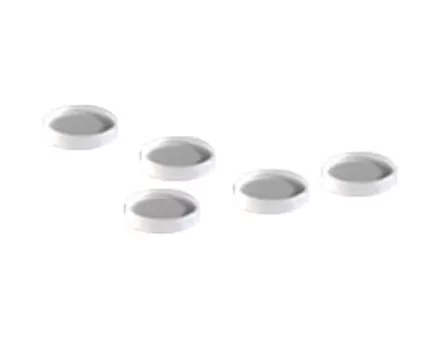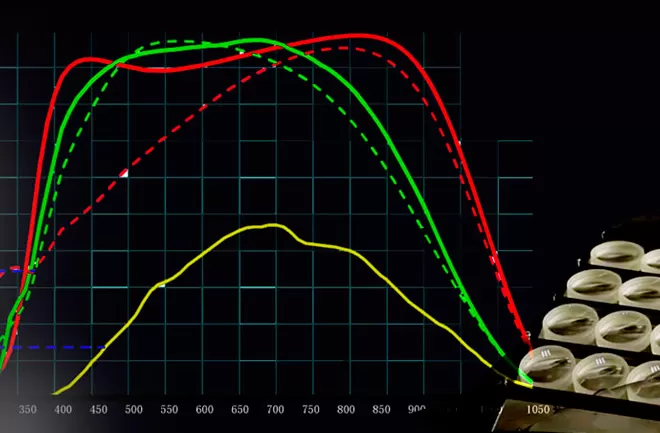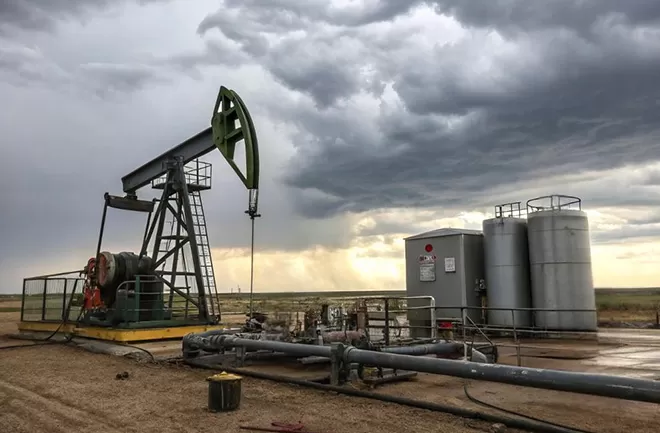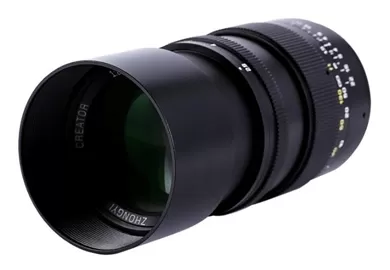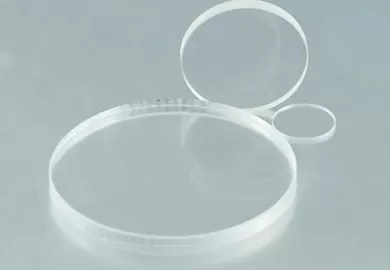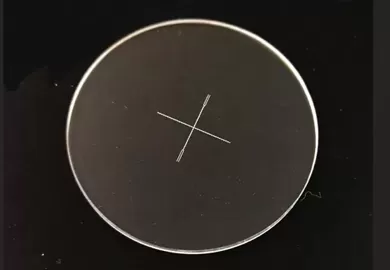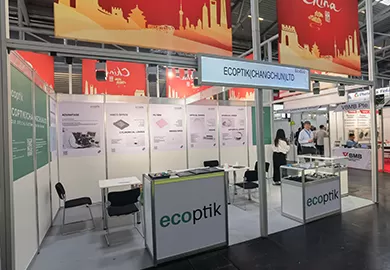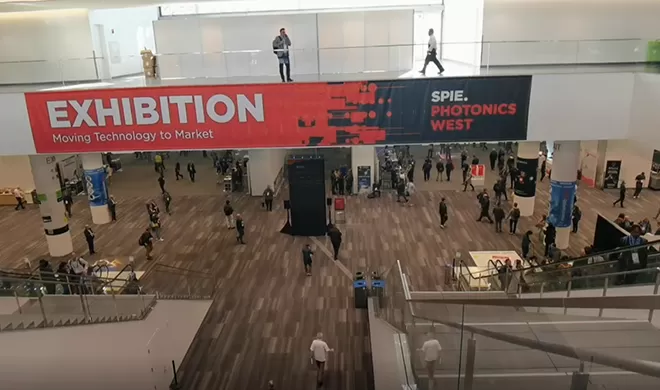The earth's environment where humans came to survive is changing rapidly, and mankind is eager for more and deeper understanding of the earth. With the advancement of science and technology, a large number of optical applications have become important tools for mankind to explore nature.
An Introduction of Optics and Photonics in Environment and Pollution Monitoring
Remote sensing techniques to measure trace gases, particulates and aerosols (including LIDAR, DOAS, FTIR)
Optical in-situ techniques to measure trace gases, particulates and aerosols
Emerging applications for spectroscopic techniques (including non-destructive optical methods and laser diagnostics)
Optical techniques for air pollution and climate change detection (including satellite remote sensing)
Laser spectroscopy of the environment (including frequency comb spectroscopy)
Optical instruments and techniques to measure solid and liquid pollutants or contaminants and water quality (including hyperspectral imaging, LIBS, and time-gated luminescence flow cytometry and application related to marine biology)
Optical systems for measurement of whole-facility emissions (including open-path and fiber-optical sensing)
Optical techniques to detect hazardous materials (explosives, …)
Optics and Photonics in Energy Research and Applications
Optics and photonics in wind energy (including energy mining)
Optics and photonics in solar energy (including energy mining)
Optics and photonics in the fossil fuel industry (including transport and storage)
Optics and photonics for the mining industry
Optics and photonics in agriculture
Optics and photonics for studies of combustion, propulsion, and flow processes (such as flames, explosions, projectiles, engines, etc.)
Optics and photonics to increase energy and environmental efficiencies of information transmission (including telecommunications, computing, and the internet)
Optics and photonics to assess the environmental impact of energy sectors
Optics and photonics in underwater technology


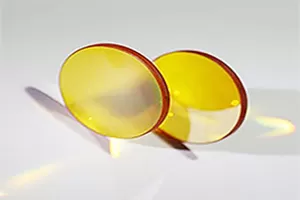
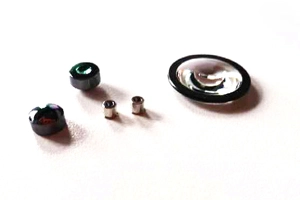



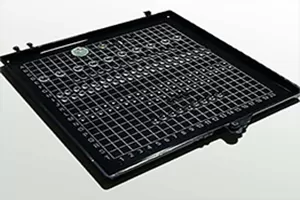

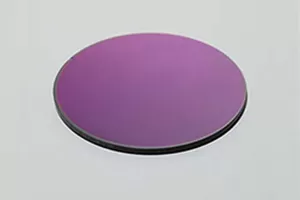

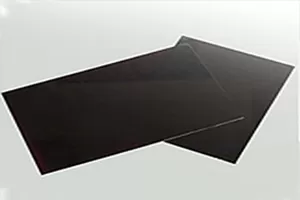
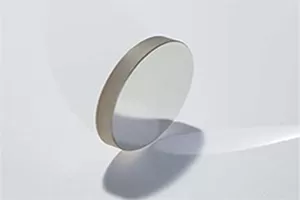


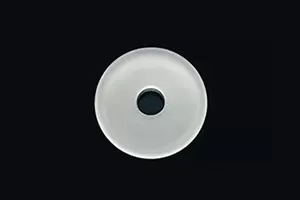
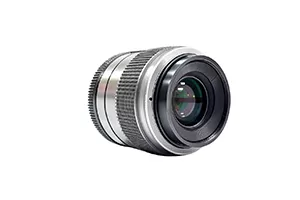
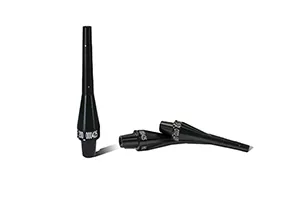
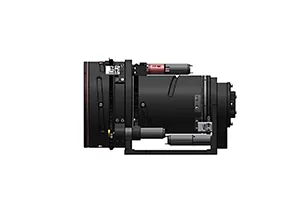
 EN
EN


